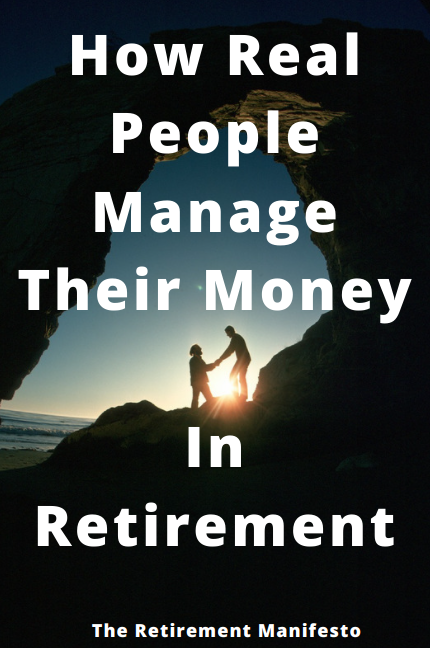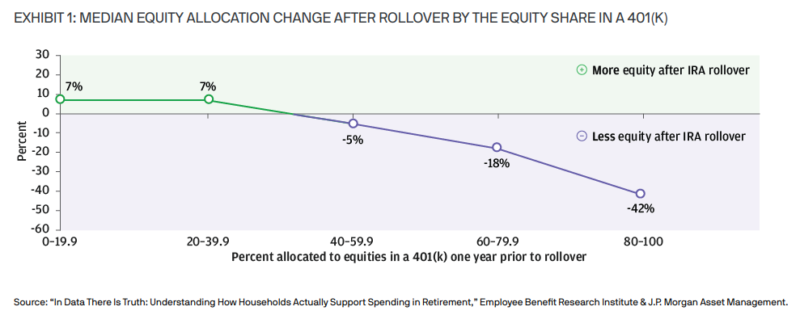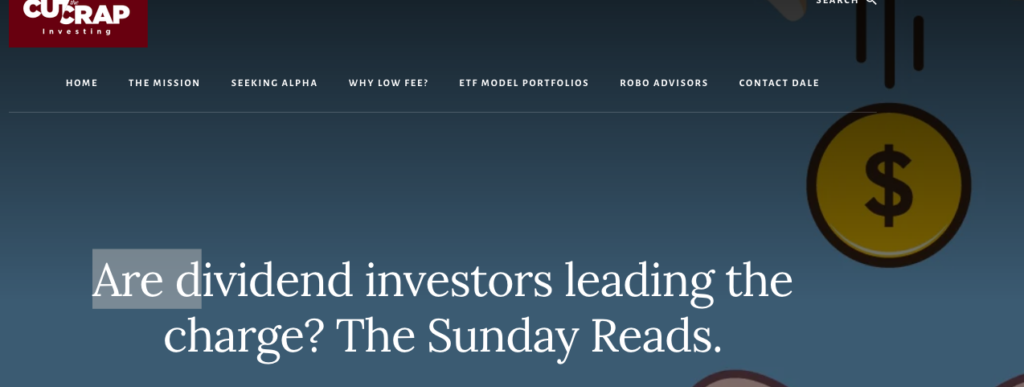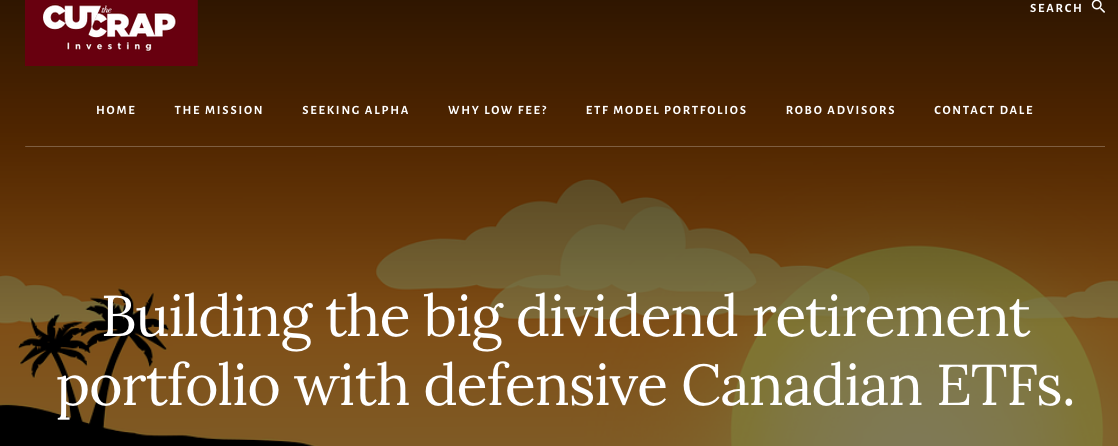By Mark Seed, myownadvisor
Special to the Financial Independence Hub
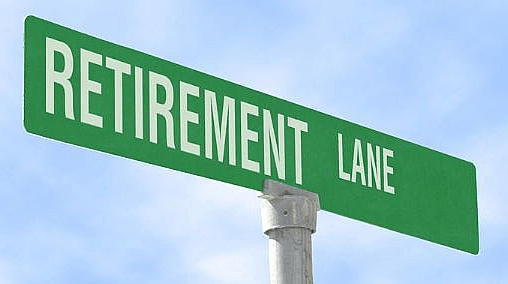
Let’s dive in!
My retirement income plan and options
I’ve been thinking about my semi-retirement income plan for some time now.
Months ago, I captured a list of overlooked retirement income planning considerations that remain very relevant.
There are obvious ways to generate retirement income but I suspect some might not appeal to you for a few reasons!
- Option #1 – Save more. Sigh. I doubt most people will like this option, I don’t! However, more money saved will help combat inflationary pressure, rising healthcare costs and longevity risk.
- Option #2 – Work longer. Double sigh. If you didn’t like option #1, you might not like this one! Working longer into your 60s or potentially to your 70s might be the reality for some with a low savings rate.
- Option #3 – Spend less. Spending less than you make seems simple but not easy!

Meaning, the path to a well-funded retirement is usually (always?) spending less than you make, investing the difference, and growing that gap over time. This has largely been our plan – to let the power of compounding do its thing – but that does take discipline and time. Investing patience is a virtue.

Our semi-retirement income plan has us leveraging a mix of income streams in a few years:
- Earn income from part-time work – to remain mentally engaged but also to fund some income needs and wants in our 50s.
- Spend taxable (but tax-efficient) dividend income from our basket of Canadian stocks.
- Make strategic Registered Retirement Savings Plans (RRSPs) withdrawals in our 50s and 60s.
We’re not quite “there” yet in terms of having 1, 2 and 3 running smoothly to meet our semi-retirement income needs yet, but we are getting there and making some lifestyle choices accordingly…
We hope to semi-retire sometime in 2024.
We have been working hard to build up our taxable dividend income stream for about 15 years now.
We continue to max out our TFSAs as our first investing priority every January (and we’re saving for that again in early 2023).
We have been maxing out contributions to our RRSPs, and we’ll continue to do so for the next couple of years.
What are my retirement income needs?
In a nutshell, we figure once we can earn close to $30,000 per year from a few key accounts (for example, from our taxable account(s) and TFSAs x2), and then make those strategic RRSP withdrawals on top of that, we should have enough to start part-time work.
Here are some estimated very basic expenses in semi-retirement:
| Key expenses | Monthly | Annually | Semi-retirement comments ~ end of 2024?? |
| Mortgage | $2,240 | $26,880 | We anticipate the mortgage “dead” before the end of 2024. |
| Groceries/food | $800 | $9,600 | Although can vary month-to-month! |
| Dining/takeout | $100 | $1,200 | |
| Home maintenance/expenses | $700 | $8,400 | Represents 1% home value per year, increasing by inflation. |
| Home property taxes | $500 | $6,000 | Ottawa is not cheap, increasing by inflation or more. |
| Home utilities + internet/TV/cell phones, subscriptions, etc. | $400 | $4,800 | |
| Transportation – x1 car (gas, maintenance, licensing) | $150 | $1,800 | May or may not own a car long-term! |
| Insurance, including term life | $250 | $3,000 | Term life ends in 2030, will self-insure after that without life insurance. |
| Totals with Mortgage | $5,140 | $61,680 | |
| Totals without Mortgage | $2,900 | $34,800 | As you can see, once the debt is gone, we’ll be in a much better place for financial independence! |
Add in other spending/miscellaneous spending to the tune of $1,000 per month on top of that, and our semi-retirement budget is likely at the basic-level about $4,000-$4,500 per month.
What are your retirement income needs?
Until the end of time, I suspect one of the most popular retirement planning questions will be: how can I generate retirement income?
That’s a HUGE quesiton to answer. I mean, we have rising inflation, higher interest rates, and the need to make your money last to fight any longevity risk, higher taxation and the need to cover essential healthcare costs as you age. This also makes how you can generate retirement income a VERY important question to answer.
Passionate readers of this site will know I’m a big fan of investments that generate meaningful income. Sure, you can invest in real estate, private equity, run a business into your 60s and 70s but for many people: the stock market is a common vehicle for average people/average investors to be long-term business owners.
This makes the hope of capital gains or getting paid today via dividends an interesting paradox.
As I get older, while the best total returns are always the goal, I’m more concerned about the tangible income my portfolio can (and will) generate moreso than hoping for stock market prices to work in my favour.
Full stop: I like investments that generate income. I like individual stocks as investments that pay ever growing income!
While I believe in (and own) low-cost, passive Exchange Traded Funds (ETFs) for total portfolio growth, a major portion of my portfolio rewards me to be a shareholder. I am attracted to investments that pay dividends or distributions. You may wish to consider the same for your meaningful retirement income needs.
Should you use ETFs to generate your retirement income needs?
I believe so, at least a consideration if you’re not going to be an owner of some individual dividend-paying stocks!
While I invest in many Canadian and U.S. individual dividend-paying stocks for income and growing income, today’s post is about those lower-cost income-oriented ETFs you can own in certain accounts to avoid individual stock risks. Continue Reading…

